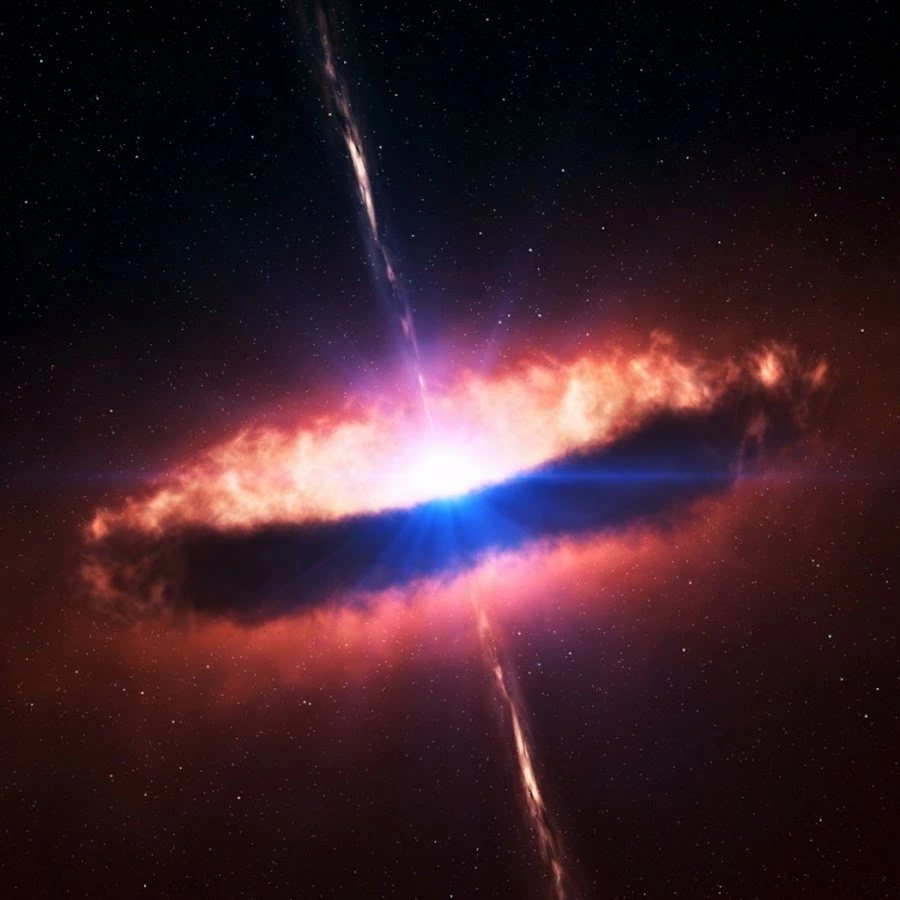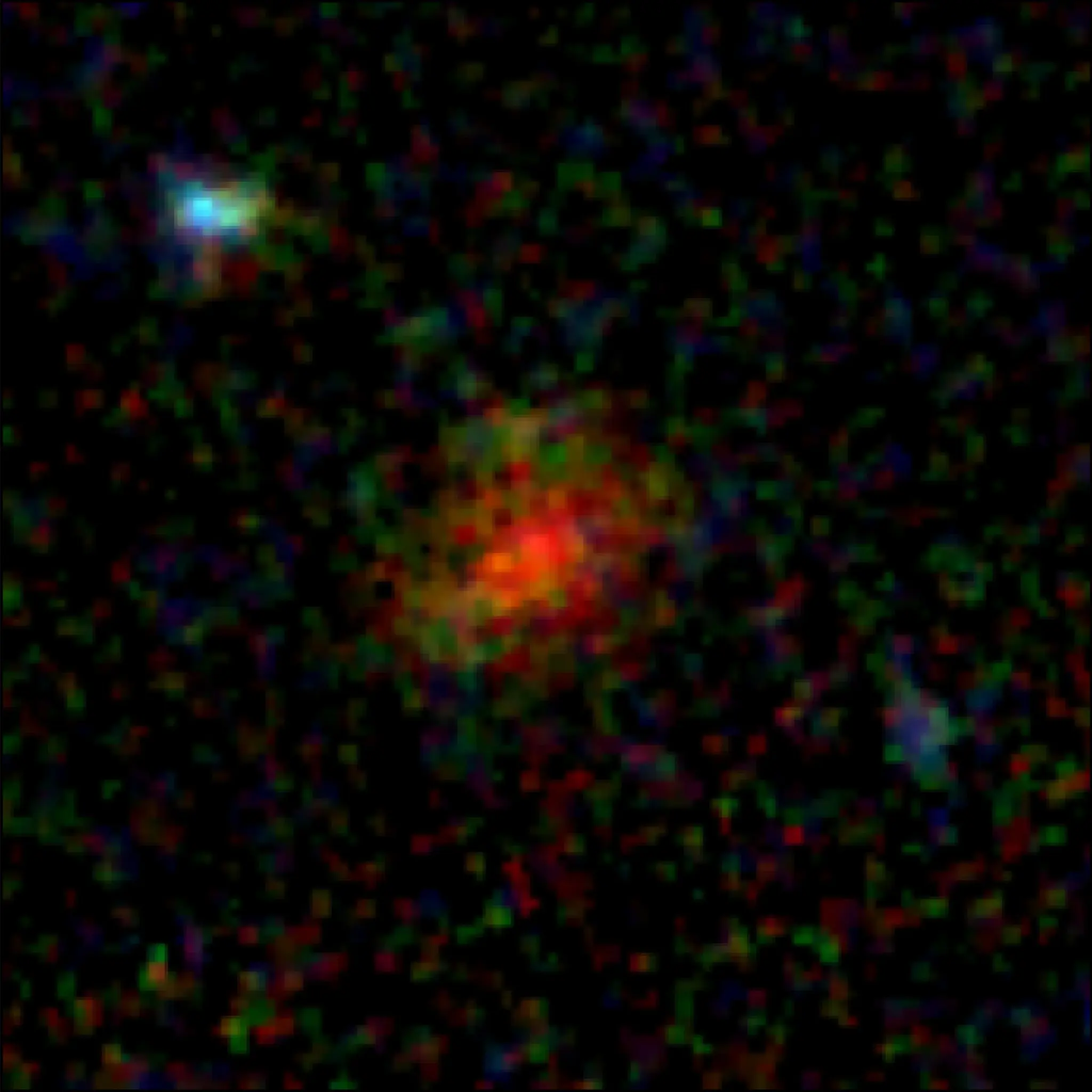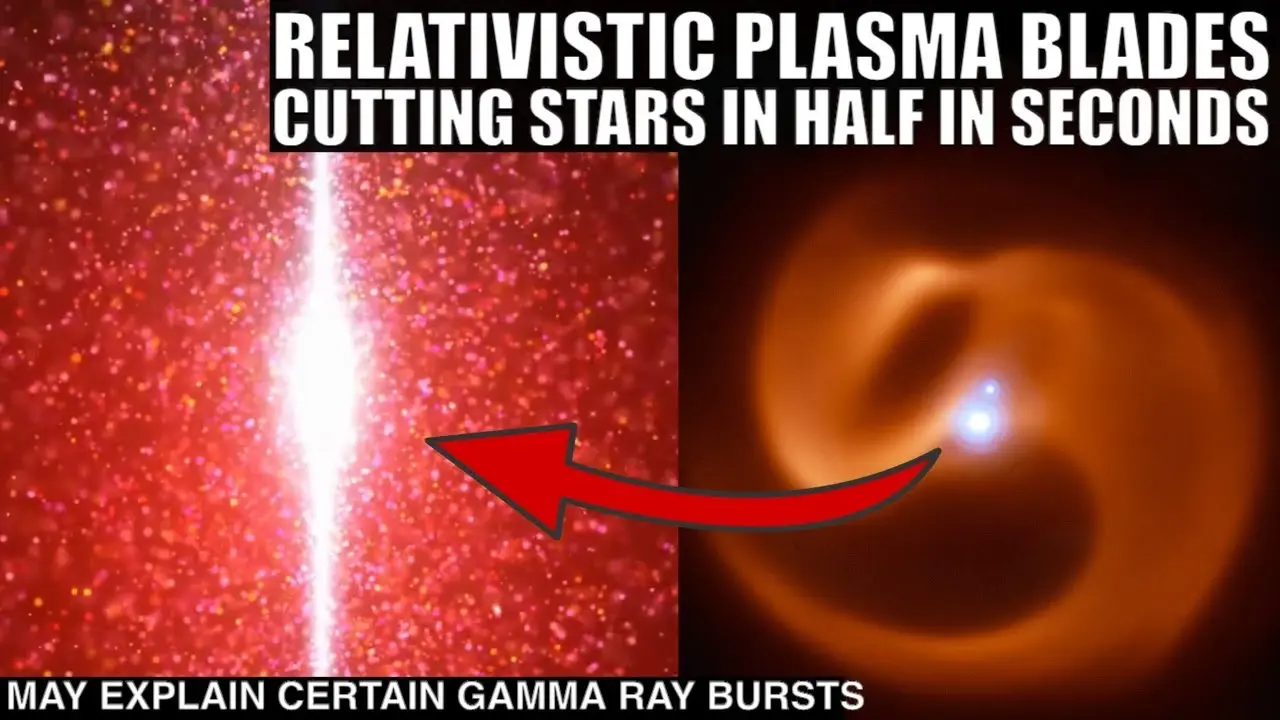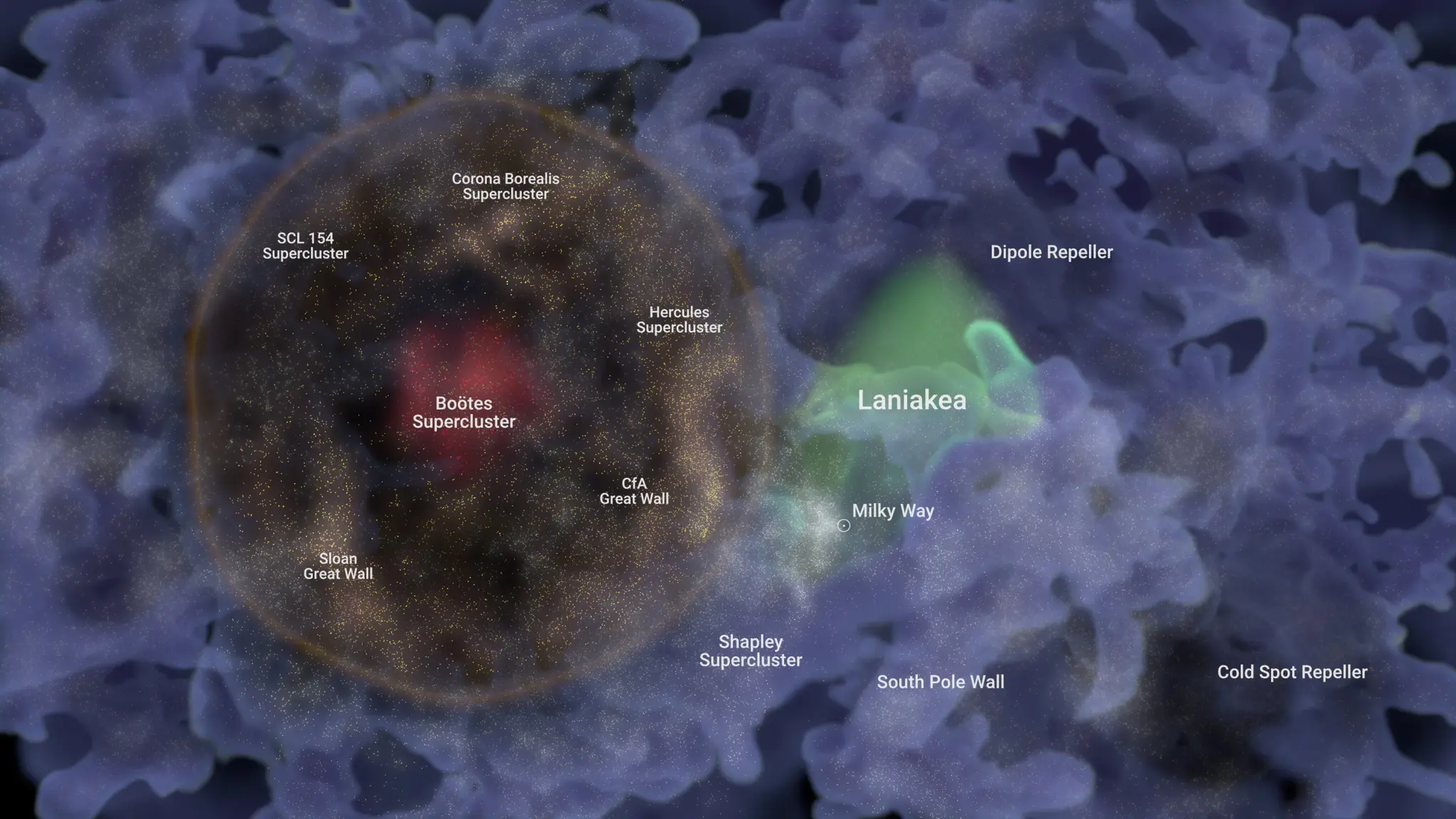Try oat-milk!
- 18 Posts
- 24 Comments

 761·3 months ago
761·3 months agoDon’t care - vote. 🗳️
 2·3 months ago
2·3 months agoI need more Warhammer in my politics, please. I mean, what are any of these yahoos going to do about the Skaven invading under our borders, or those elitist Elvin 1%, or about how the Undead or Orcs looking to start a war overseas?
I just miss the intellectual depth of anime like the Patlabor, Macross Plus, Ghost in the Shell, Akira movies. The last show I loved from beginning to end was Fullmetal Alchemist Brotherhood. Macross Frontier was alright. I was also one of the odd(?) ones who enjoyed Naruto when it over explained ninjitsu. The art, I understand overhead costs, So I can be more forgiving - so long as art quality isn’t trash. There was a time when anime was ahead of its time. You just don’t see that much anymore 😭

 1·6 months ago
1·6 months agoConsider this fact, some light waves like radio are large enough that a lot of matter is essentially invisible to their propagation; the radio waves just pass right by without any interactions. This becomes a similar problem when we try and measure such small quantum phenomena like zero-point energy. The quantum energy could be so small that they’re invisible to our detectors, but are in fact still there - the two scales simple cannot interact in a measurable way. So, there’d like still be some quantum energy, just less and less until our detectors could not interact with the incredibly small quanta for measurement.

 3·9 months ago
3·9 months ago“The Kremlin has never been richer – thanks to a US strategic partner”
I don’t know, maybe we should stop this…
Yeah but, are you still (un)happy about it? 🧐
Do not that this video seriously as to what it will likely look like. Keep in mind that as our sun grows into a red giant it would already be releasing extremely lethal solar flares. The inner planets being consumed by the sun would only come long, long after cooking them. Gravity would also be interesting at this point because the sun would have less mass. This video seems to take a lot of liberties as to how the physics of transitioning into a red giant would play out.
You have to go further than that. A huge population only cares about itself and has made it a part of their identity. Those who have it well don’t have to think about those without: drive to or work from home, live and socialize on internet platforms that isolate themselves from the plight of those with less. They can order everything online and have it delivered to their door - they have no clue and depending on how separated they are from those struggling, they may just say, “those people just aren’t working hard enough,” or some similar line of thinking. It’s not hopeless, but we need far more progress in the US, especially with wage inequality and affordable living/homes. Jeff Bazos is allowed to help buy up single family homes so the rich can rent them out…it makes me so angry and sad.
 411·1 year ago
411·1 year agoThis is literally frightening to read that any American politician would think this. I don’t see how any moderate R could support this train of thought.

 9·1 year ago
9·1 year agoThe structures of our observable universe are larger than you might think.
If you’re truly interested in jumping into the rabbit’s black hole.

 3·1 year ago
3·1 year agoEveryone’s knowledge obviously varies so I won’t assume yours, but I’d invite you to closely study stars that form into neutron stars and then study neutron stars until you have a very good understanding of their evolution; I found them to be more interesting than black holes and one of the most extreme and large objects where a lot of quantum mechanics is needed to best understand them. In this process you’ll learn about neutron star’s various but inevitable transformations. And the more you learn about them, the more you’ll understand black holes and the unanswered questions about them.
All of that said, here are two fun questions to consider in trying to answer your question:
Math is an extremely powerful tool but as we’re unable to know the limits of physics within a black hole, this leaves us able to play with mathematical theories and often allows for infinities to arise - to renormalize or not to renormalize, that is the question? So then you must ask yourself where you want to draw the line: in what can be observed (including what neutron stars reveal about extreme gravitational bodies), or add the mathematical theories that can explain the internal workings of a black hole? Sure, I’ll take interest in the latter but always remember it’s just a mathematical theory and continue to have an open mind to new discoveries…

 13·1 year ago
13·1 year agoI’m waiting for an Aussie to enter the chat…

 14·1 year ago
14·1 year agoDesire for money and/or being black mailed goes a long way to compromising a seemingly easy retirement. So many people involved didn’t need to risk so much, but being blinded by money makes it easy to compromise someone. Don’t get me wrong I’m sure some of them were simply brainwashed into believing their nonsense but at the higher levels I’m pretty confident money and blackmail plays a large part.

 1·1 year ago
1·1 year agoIndeed. MOND has a drop of finical investment that Dark Matter is getting. That said, I do feel JWST continues to help put focus on the two and the more MOND enters debates, the more it will propagate. MOND, at the very least, shows us there’s a way to reliably predict and fit observations at galaxy regimes and some versions even purpose a consistent cosmological structure formation on all scales in relativistic extensions of MOND.

 3·1 year ago
3·1 year agoAt least create jobs for the best within their construction fields and this create openings down the line. Win-win.

 3·1 year ago
3·1 year agoThat last line was a little too forced. But the info near the end is good stuff. The universe is entropic and likely has more energy, movement and mass than previously observed.

 5·1 year ago
5·1 year agoIf you start studying the electromagnetic properties of celestial bodies of all sizes, there’s seems to be some level of connection and/influence.

 3·1 year ago
3·1 year agoIf you haven’t discovered it yet, here’s a good link to Tom Zlosnik’s iNSPIRE (HEP) Literature papers; he’s one of the lead researchers. While RMOND is down the list a little (cited ~113 times) his most recent papers are very interesting too and dig deeper into supporting RMOND. It’s a lot of math that goes well over my head but even for non-professionals, there is meaningful information between the equations. I’ll be eventually writing a profile for Tom and Constantinos Skordis (RMOND’s other author) and RMOND itself for this Lemmy instance.

 3·1 year ago
3·1 year agoRemember that all theories are best when they fit our observations, make predictions and hopefully can be tested. When we’re discussing going all the way back to the origin of our observable universe, some version of the Big Bang is likely (Black Hole cosmology, hot big bang,  Penrose’s Conformal cyclic cosmology and so on). Origin theories are made of complex math with many believing that the least complex should likely be closer to the origin then ones that have a lot of fine-tuning and extensive fudge math (making math fit what your bias, not what’s probable/likely). Is it possible for RMOND/MOND variant theories to support a universe without a big bang variant, possibly, but it depends on what math you’re using to account for things like dark energy, the CMB, and other cosmological phenomenon that needs to be explained.
















Mods maybe? 🤔